Early Victorian "Mars" Cameo Brooch
Early Victorian "Mars" Cameo Brooch
$1,400.00
Description
DATE: Victorian, c.1850
Mars, god of war (and also an agricultural guardian, apparently). This superb early Victorian cameo depicts Mars with shield and spear, wearing a magnificent helmet adorned with a griffin (the legendary beast with the head and wings of an eagle, and body of a lion). The son of Jupiter and Juno, Mars, unlike his Greek counterpart Ares, held an important and dignified position within the Roman pantheon. Whereas the Greeks saw Ares to be primarily a destructive and destabilising force, to the point that he was often treated with revulsion and contempt, Mars was seen by the Romans as the father of their People, representing military power as a way to secure peace (and ultimately prosperity). Virility, or life force, was another essential characteristic of Mars, which ties in with his rose as an agricultural guardian. He was seen to ward of any hostile forces of nature in order to create favourable conditions required for crops to grow.
The union between Mars and Venus, which again fundamentally differs from the Greek equivalent, was of particular importance to the Romans, who viewed them as a complementary pair (whilst conveniently ignoring the adulterous implications of their union). The uniting of deities representing Love and War bears potent connotations - especially given they were the parents of Concordia, who embodied agreement in marriage and society - which were explored extensively in both ancient Roman and Renaissance art, where Mars is often depicted as disarmed and relaxed.
Mars's legacy extends into our daily life through the month of March, words such as martial, and most obviously the planet named after him since ancient times, likely on account of its red colour. When American astronomer Asaph Hall discovered the two moons of Mars, they were somewhat confusingly named Phobos and Deimos (fear and panic) after the two sons of Ares. I personally think they should have gone with Romulus and Remus.
The cameo itself is carved from a single piece of onyx, the black background provided excellent contrast with the subject, rendered in white. The detail and execution are exceptional, and it's mounted in a simple 15k gold brooch mount dating from the mid 19th century, circa 1850.
STONES
Onyx
MEASUREMENTS
2.5 x 2.5cm
WEIGHT
5.2g
MARKS
No marks present, tests as 15k gold
CONDITION
Very good, small chip on the griffin's beak
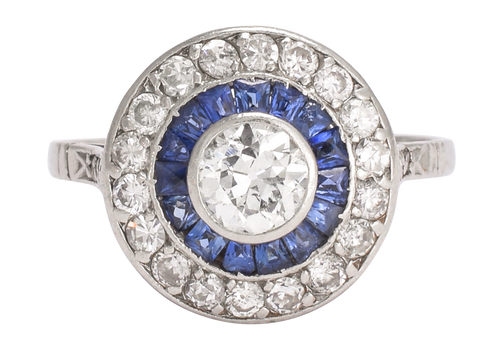
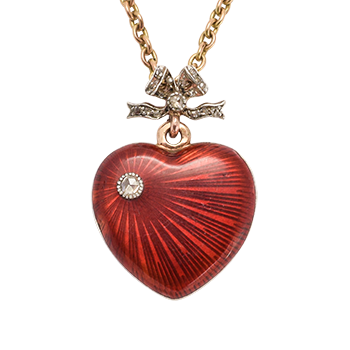
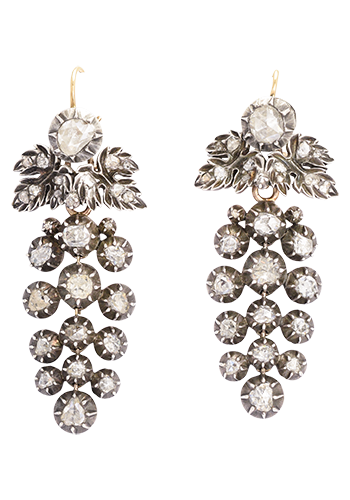
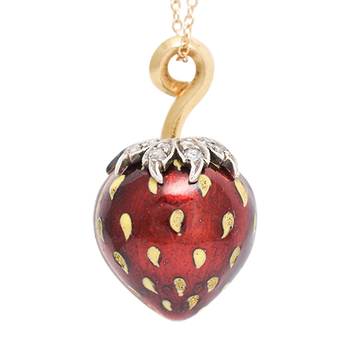
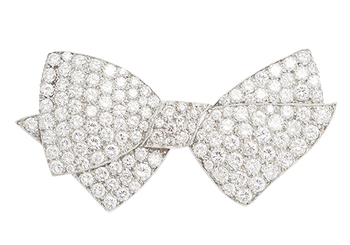
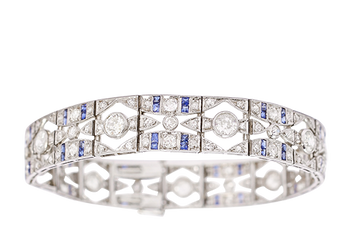
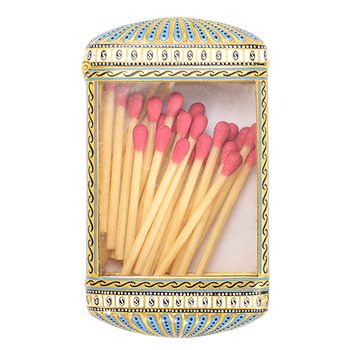
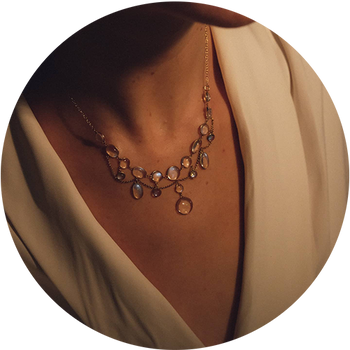
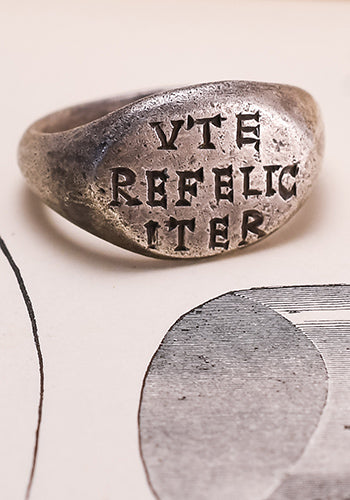
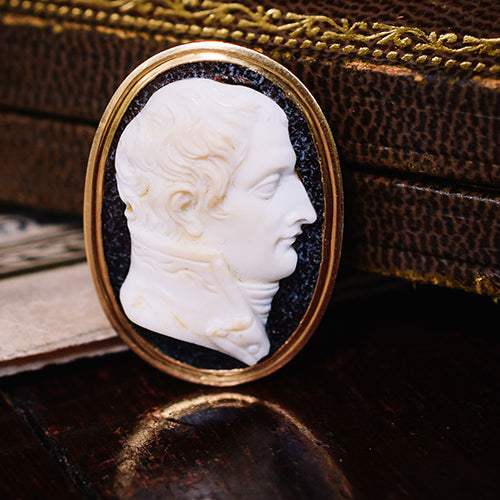
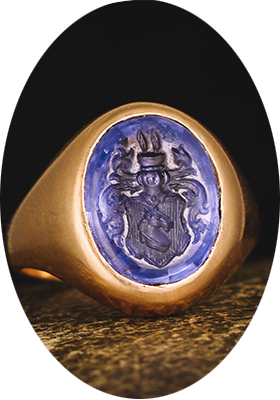
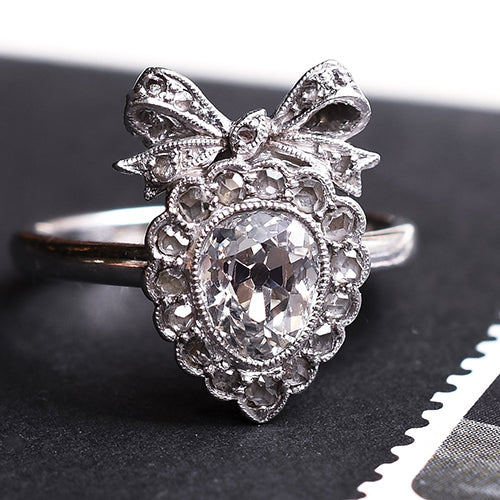
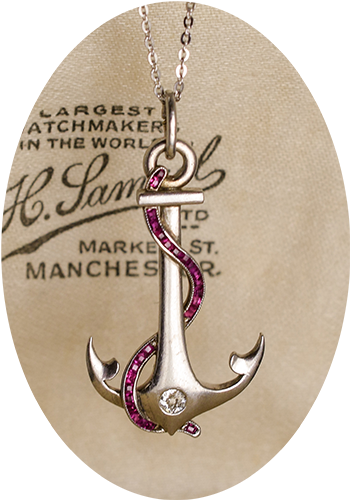
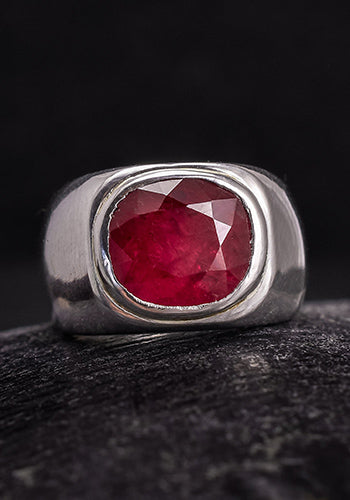
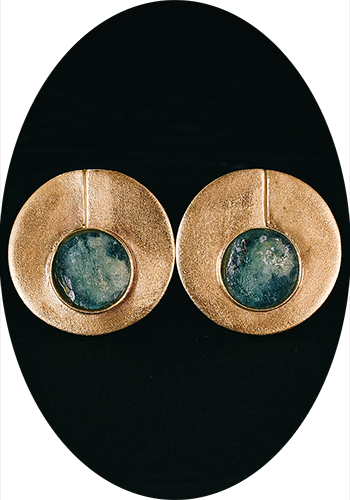













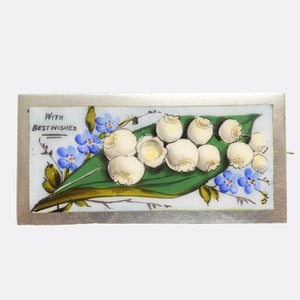









Follow Us
Dealing Podcast blog instagram TikTok facebook